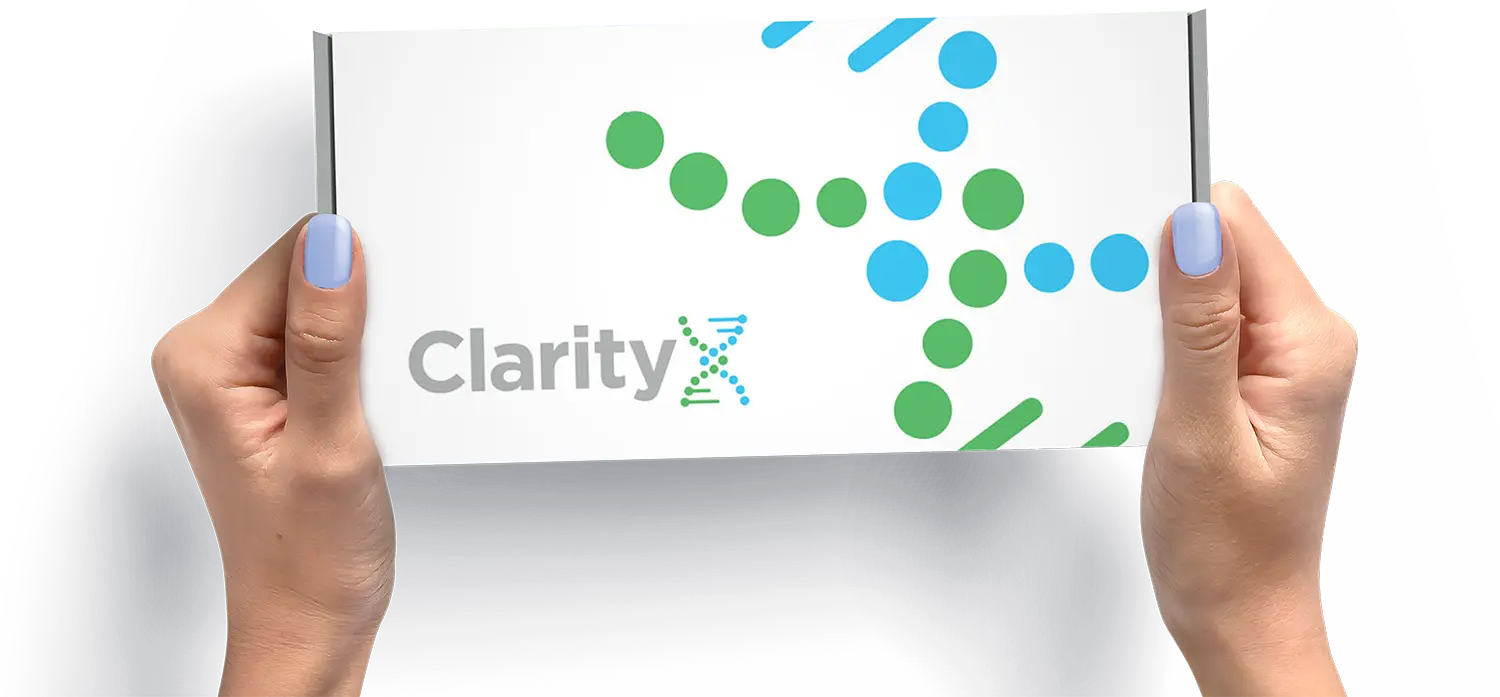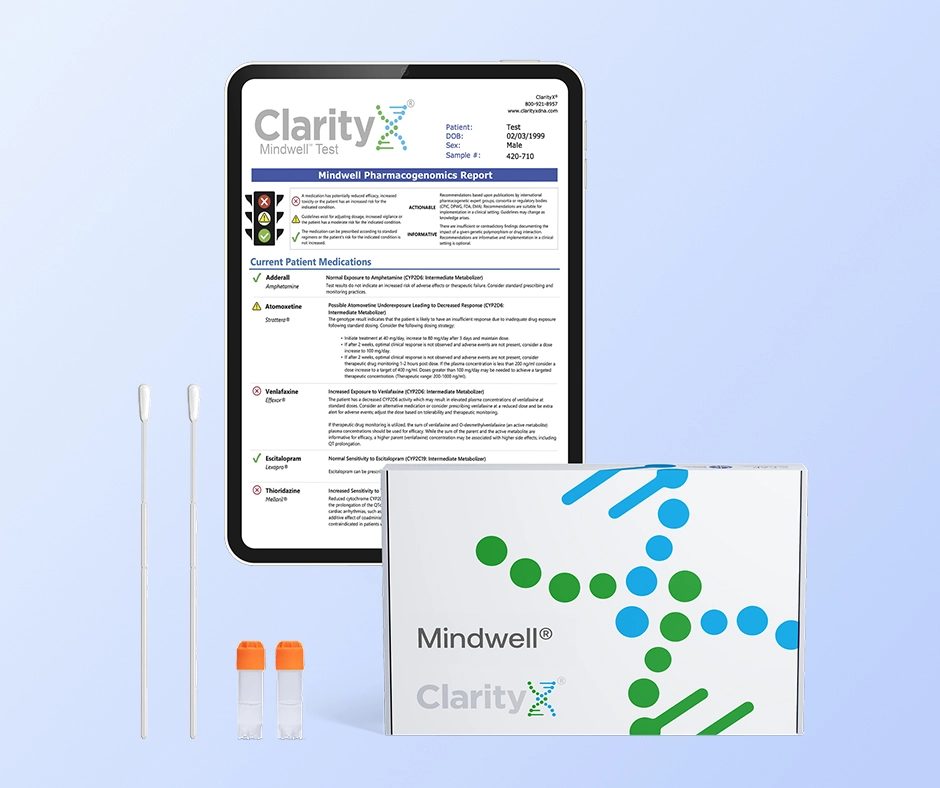Learn about the differences between Ritalin and Adderall and how to choose the best medication for your needs.
Similarities And Differences
How Ritalin and Adderall are similar:
- They are both approved to treat symptoms of ADHD like focus, hyperactivity, and impulsivity.
- They are both central nervous system stimulants, influencing the levels of norepinephrine and dopamine in the brain.
- They can both cause difficulty sleeping and decreases in appetite.
How Ritalin and Adderall are different:
- They have different active ingredients, which can be processed differently by the body. This leads to individual differences in how likely side effects will be and how well the medication may work.
- Ritalin can work quickly but can also wear off quickly, depending on the formulation.
- Adderall can offer support for longer periods throughout the day, depending on the formulation.
- Although head-to-head studies are limited, Ritalin appears more likely to cause upset stomach, and Adderall may be more likely to cause appetite loss and sleep disruption.
The way each individual may respond to Ritalin or Adderall can depend on a number of factors, including genetics. Genetic testing for ADHD medications can provide helpful insight and may also help predict your response.
Ritalin vs. Adderall: What Are They?
In the United States alone, over 6 million children have been diagnosed with attention deficit hyperactivity disorder (ADHD). Characterized by hyperactive and impulsive behavior, ADHD can lead to fidgeting, absent-mindedness, and difficulty focusing. To address these symptoms, most doctors will prescribe one of two drugs: Ritalin or Adderall.
The active ingredients methylphenidate and amphetamine salts are available in many different formulations designed to change the way the medications are released. Both Ritalin and Adderall are common stimulants that treat ADHD by influencing neurotransmitters in a similar way. These are both considered first-line treatment options considered safe and effective when used properly.
Because of these similarities, many people falsely assume that the two drugs are interchangeable. However, both medications have their own unique dosage requirements and effects — what works for one person may not work for another. If you’re wondering which treatment option is best for you, we will dive into some more detail about these medications. Let’s get started!
Treating ADHD
Ritalin and Adderall are brand names for two different types of drugs — Ritalin is a form of methylphenidate, while Adderall is a form of amphetamine and dextroamphetamine. Both are central nervous system stimulants that treat ADHD by increasing the levels of neurotransmitters or signaling molecules. Management of ADHD in adults has become increasingly common, and there has been established use among children and adolescents for years.
How Do Ritalin And Adderall Work In The Brain?
- Both Ritalin and Adderall affect the following neurotransmitters:
- Dopamine: Dopamine is responsible for mood regulation, concentration, and memory recall.
- Norepinephrine: Norepinephrine can increase alertness and reaction times while lowering aggression.
While they have similar functionalities, both drugs work at different speeds. Typically, Ritalin kicks in faster — however, the effects of Adderall are long-acting. This difference in speed can influence the adverse effects you may experience.
It is important to keep in mind that both forms of these stimulant medications have immediate release and extended or sustained release forms. Therefore, it is important to keenly observe how each form and dose affects your daily rates of behaviors related to concentration and function.
Dramatic lifestyle changes might warrant changing the medication dosing and the form you are taking. Some might need 4 hours of concentration for a school exam, and others could use 8 hours for an entire work shift. Balancing concentration when you need it while minimizing side effects is key to a successful regimen.
What are some next steps for understanding and treating ADHD in children?
Helping your child navigate an ADHD diagnosis may feel daunting, but there are some helpful strategies to help you along the way.
- Learn more about the diagnosis: Talking with your provider and spending some time researching reputable sources can help you develop a deeper understanding and a supportive approach.
- Learn more about treatment options: You’re already here, which is an excellent first step! Ultimately, deciding on therapy is about weighing the risks and benefits of therapy and making informed decisions. Sometimes differences can be subtle and it’s important that you feel comfortable asking questions.
- Learn more about ADHD medication safety: Every medication has potential side effects and precautions. Being informed allows you to become more comfortable and confident in determining whether the changes you see are cause for concern.
- Consider a specialist: Finding an experienced doctor who specializes in helping patients manage ADHD can help you find the best path forward.
Choosing the right medication is an important piece of the puzzle and it’s helpful to be aware of all the factors that can affect therapy.
Ritalin vs. Adderall: Weight Loss and Other Side Effects
Like any drug, both Ritalin and Adderall come with the risk of significant side effects. Since they affect the brain in similar ways, many of these effects overlap. It’s common for users to experience the following:
- Weight loss: Stimulants can lower hunger and make your body burn calories faster.
- Difficulty sleeping: By increasing concentration and alertness, Ritalin and Adderall may make it harder to fall asleep.
- Increased blood pressure: Stimulants can increase your heartbeat, which in turn boosts blood pressure.
- Vision problems: Both Adderall and Ritalin have been linked to blurry vision and minor eye issues.
- Anxiety: Changing the level of neurotransmitters in your brain can sometimes trigger anxiety or nervousness.
Head-to-head studies are limited, but some differences in side effects across a broad population can be estimated. Methylphenidate (Ritalin) tends to cause higher rates of stomach upset and may increase depression symptoms. Amphetamine salts (Adderall) tend to cause higher rates of insomnia and loss of appetite.
The adverse effects you experience (as well as their extent) varies depending on your metabolism. For example, if you tend to break down drugs quickly, you might metabolize them before they even get a chance to work — in this case, you’ll need medication that can last for a long time like Adderall.
Conversely, if you break down drugs too slowly, they’ll remain in your system for longer than usual (which increases the chance of experiencing side effects). In this situation, you’ll want a medication that acts quicker like Ritalin.
What Are The Warnings Associated With Using Stimulant Medications For ADHD?
When dosed properly along with open, consistent communication with your doctor, these medications are generally safe and effective but it’s important to take precautions. Giving your doctor an accurate medical history is also vital because certain conditions can be affected by stimulants.
It’s vital to work with your healthcare team to ensure both of these ADHD medications do not worsen existing conditions or place you at risk of more adverse effects. Make sure your doctor is aware if you have a history of:
- Hypertension.
- Cardiac disease.
- Liver disease.
- Glaucoma.
- Alcohol abuse.
- Psychiatric or neurological disorders.
Sometimes ADHD stimulant medications are given a bad reputation as being potentially dangerous street drugs. These medications are studied extremely well and have had a long track record for safety when compared to different forms found on the street. A recent 2019 meta-analysis will bring relief to parents and patients alike that there were “no deaths reported” in relationship to methylphenidate (Ritalin) when reviewing multiple studies about the maximum-dose build-up in clinical settings.
Are There Differences In Response Rate, Efficacy, Side Effects or Cost Between Ritalin And Adderall?
While each medication has been used for managing ADD and ADHD for decades, the studies that compare each medication directly have been limited and many date back to the 1990s. Crossover studies can be particularly helpful because each individual takes both methylphenidate (Ritalin) and amphetamine salts (Adderall) over the course of the study.
How Effective Are Ritalin And Adderall In Treating ADHD Symptoms?
Overall, both methylphenidate and amphetamine salts are roughly equally effective across a general population. Interestingly, some individuals clearly responded more to methylphenidate, and other individuals did better with amphetamine salts when they had taken both medications. This highlights the importance of methods that can help predict individual responses like genetic testing.
Differences In Side Effects Of Ritalin And Adderall
The potential for side effects is generally roughly equal, both in the rates and kinds of side effects experienced. Some slight variability was suggested in studies, however, which included:
- A higher likelihood of stomach upset and worsening depression with methylphenidate.
- Higher rates of difficulty sleeping and loss of appetite with amphetamine salts.
How Much Do Ritalin And Adderall Cost?
The cost of each medication will heavily depend on insurance coverage and your individual plan. The cash prices are also influenced by the pharmacy you use, and can vary widely. In general, cash prices for different forms of Ritalin and Adderall can be estimated as:
- $10.41 per tablet for brand name Adderall instant release tablets.
- $0.30 per tablet for generic amphetamine salts instant release tablets.
- $0.69 per capsule for generic amphetamine salts extended release capsules (generic for Adderall XR).
- $1.00 per tablet for brand name Ritalin instant release tablets.
- $0.66 per tablet for generic methylphenidate instant release tablets.
- $3.53 per capsule for generic methylphenidate extended release capsules (generic for Ritalin LA)
Ritalin vs Adderall: Dosage
When choosing between Ritalin and Adderall, it’s important to consider the different dosages available. As mentioned earlier, the two drugs are not interchangeable — they work at different speeds, which means the doses of Ritalin do not reflect the doses of Adderall. Here’s a quick breakdown of the options you’ll find.
Ritalin Dosage
When prescribing Ritalin, research shows most doctors choose between the following types:
- Instant release
- Duration: 3 to 4 hours
- Available dosages: 5 mg, 10 mg, 20 mg
- Long-acting
- Duration: 6 to 8 hours
- Available dosages: 10 mg, 20 mg, 30 mg, 40 mg, 60 mg
- Sustained release
- Duration: 8 hours
- Available dosages: 20 mg
The instant release works quicker than the other forms, but will also wear off the fastest.
Adderall Dosage
There are two main general recommendations for Adderall acknowledged by the medical community:
- Instant release
- Duration: 4 to 6 hours
- Available dosages: 5 mg, 7.5 mg, 10 mg, 20 mg, 30 mg
- Extended-release
- Duration: 12 hours
- Available dosages: 5 mg, 10 mg, 15 mg, 20 mg, 25 mg, 30 mg
In comparison to Ritalin, Adderall has more dosage amount options.
Ritalin vs. Adderall Dosage Conversion
It goes without saying that the higher the dosage amount, the stronger a drug is. However, doses of Ritalin are not equal to Adderall. If you plan to switch from Ritalin to Adderall (or vice versa), you must consider the following factors.
Potency
The efficacy of Adderall is approximately twice as strong as Ritalin — 5 mg of Ritalin is about equivalent to 2.5 mg of Adderall. Thus, if you plan to switch from Ritalin to Adderall, you’ll likely need to decrease your dosage. Similarly, if you want to switch from Adderall to Ritalin, your dosage will increase. But, always keep in mind the dosage duration forms when it comes to equivalency.
Duration
It’s always important to consider how long a drug takes to kick in. If you’re transitioning from a short-acting, fast drug to a slow-acting, long-lasting drug, the dosage amount should be increased to compensate for the new decrease in speed.
Completing The Conversion
Ultimately, determining the right dosage amount isn’t an exact science — doses vary for each individual. To help determine the right medication and dosage for your needs, consider trying pharmacogenetic testing.
Considerations
When taking ADHD medications, it is important to pay attention to the side effects and duration of effectiveness. Taking your medication in a consistent matter helps develop better habits to not miss a dose and to let your body equilibrate to the changes it induces. The fewer variables you change, the better it is for you and your clinical team to truly establish cause. Both medications will have similar effects overall in a broad sense, but it is important to start off with the best medication possible when initiating therapy.
When it comes to mental health problems it is vital to get the right medications with the least amount of conflicting or additive interactions that could lead to drug interactions. Interactions are also very important to keep in mind, especially when it comes to a combination of antidepressants. This test can yield vital information related to a person having potential greater retention of certain antidepressant medications and if in combination with this stimulant medication class, one could even experience a very serious reaction called serotonin syndrome. The reason for the interaction is due to the similar effect going on in the brain with too many neurostimulation chemicals being present and causing effects such as increased heart rate, seizures, excessive sweating, fever, tremors, and vomiting. Always consult your pharmacist to avoid potential drug interactions.
Choosing The Best Medication
Selecting the right ADHD medication isn’t easy. How do you know which dosage and duration is right for you? How do you know which medications will (or won’t) cause significant side effects? That’s where ClarityX comes in.
At ClarityX, we use genetic testing for ADHD (or pharmacogenetics) to determine your ability to metabolize prescription medications based on your DNA.
ClarityX offers two types of tests:
- Mindwell test: This test is designed for mental health medications, which cover conditions including ADHD, depression, and anxiety.
- Max Rx: This test evaluates your response to over 265 FDA-approved medications and covers an additional 21 therapeutic areas, including psychiatry, cardiology, pain, rheumatology, and many more.
After providing a simple, at-home saliva sample, you’ll receive a personalized report detailing your unique medication response. With this information, you and your doctor can make better, safer choices for your health. Get started by clicking here!
Resources:
- https://journals.sagepub.com/doi/abs/10.1177/108705470000300403
- https://www.nimh.nih.gov/health/topics/attention-deficit-hyperactivity-disorder-adhd





